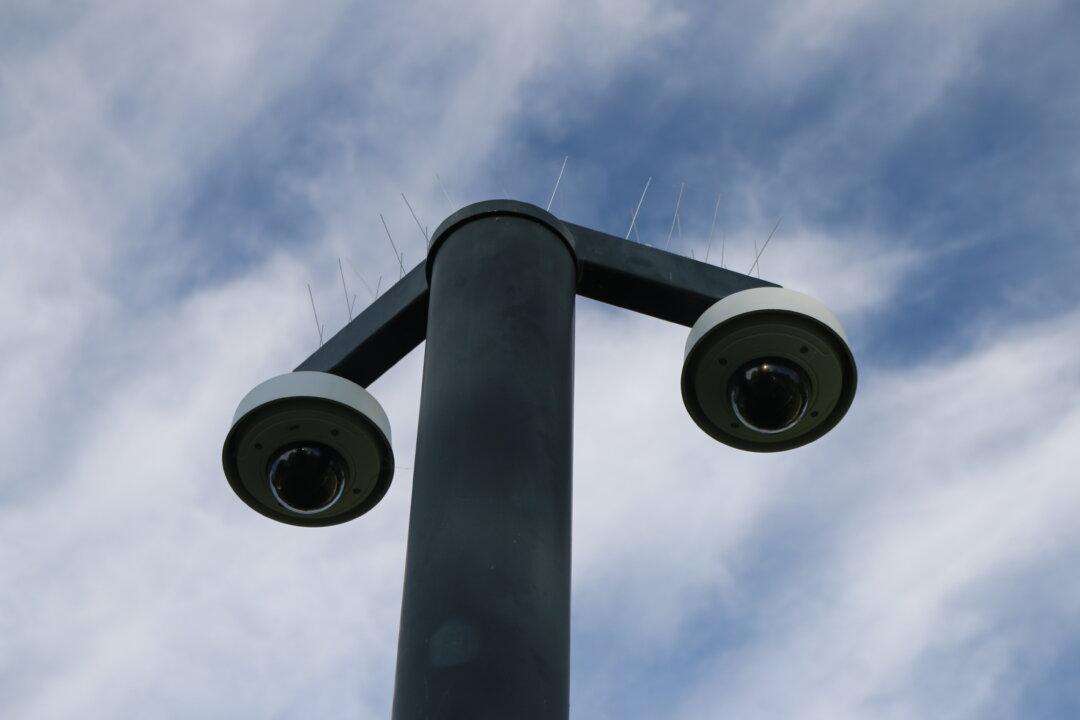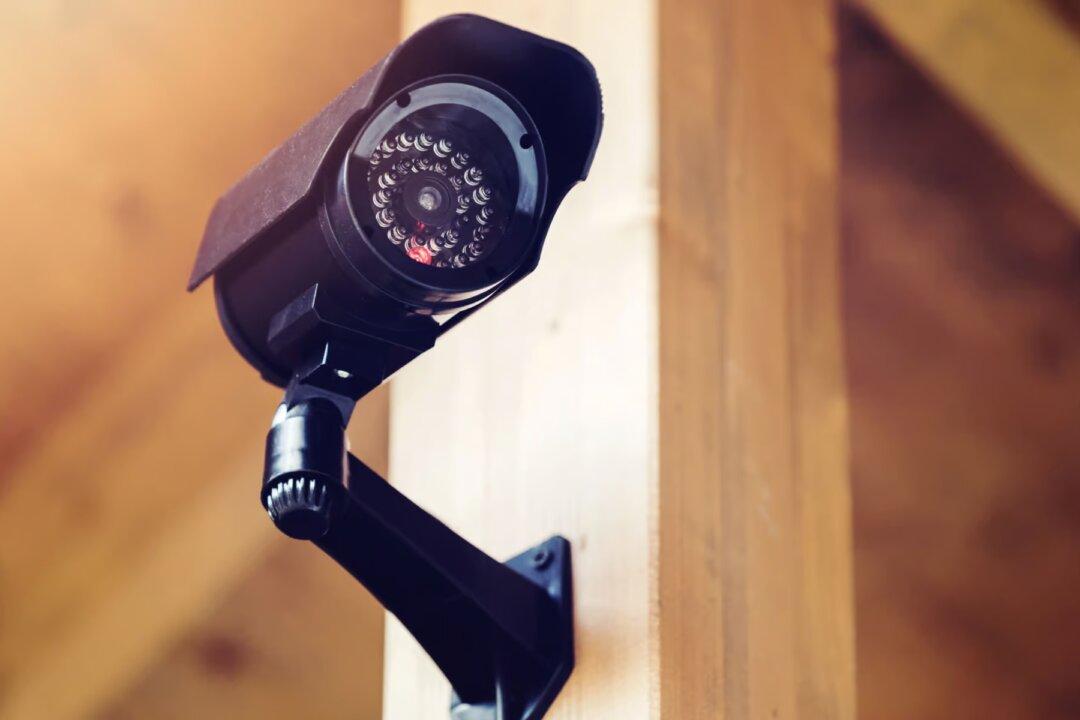Commentary
Prairie voles were not meant to go through life alone. For those who have not had the privilege of meeting one, a prairie vole is a diminutive rodent autochthonous to the grasslands of the central parts of North America and best characterized as wrong-looking gerbils with rambunctious souls. A favorite snack of coyotes, hawks, and countless other wild creatures, the prairie vole is also beloved by ethologists and neuroscientists. Due to their engagement in behaviors generally considered rare in mammals—namely social monogamy and biparental care—they are considered excellent model organisms for those interested in the biology of social behavior.





